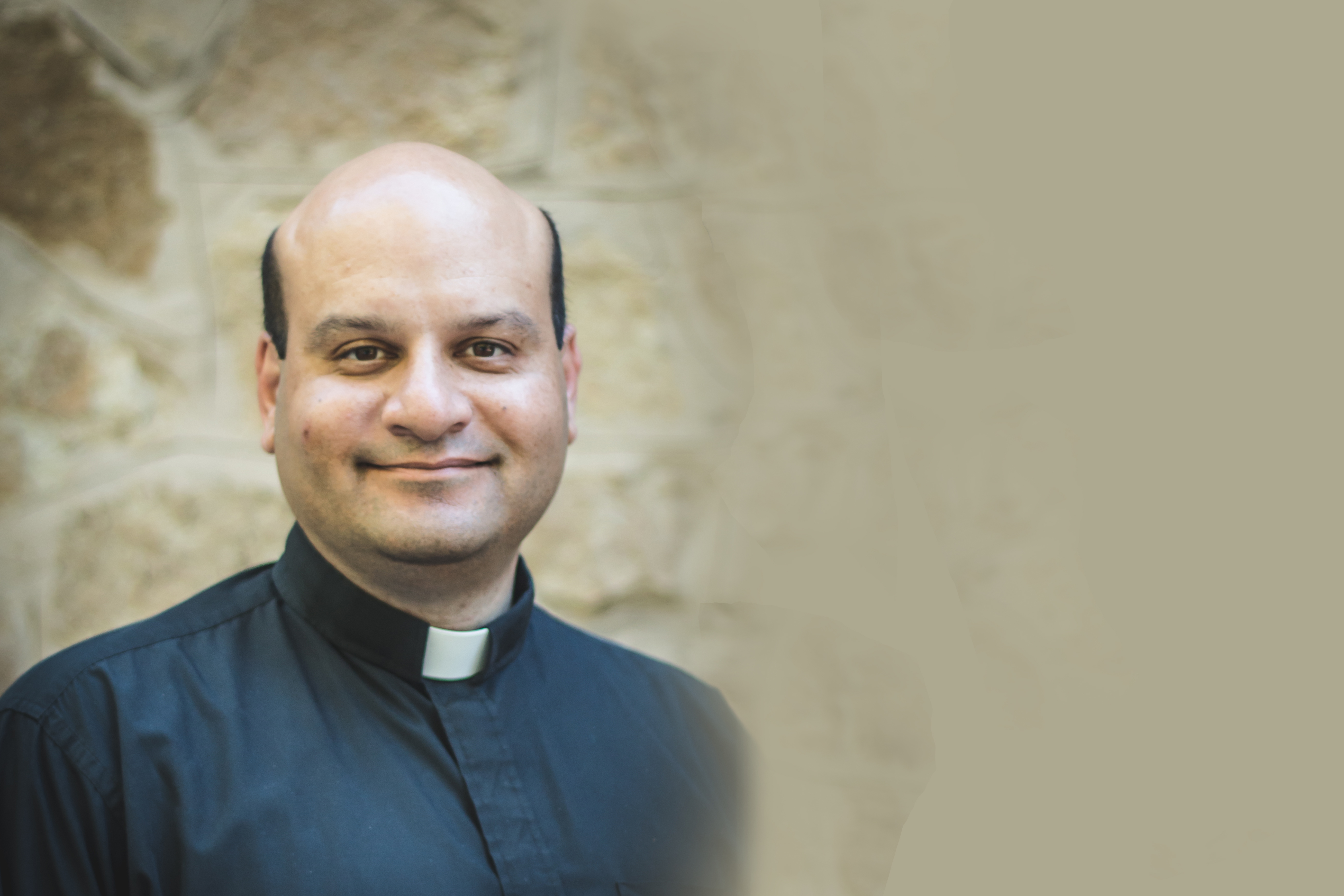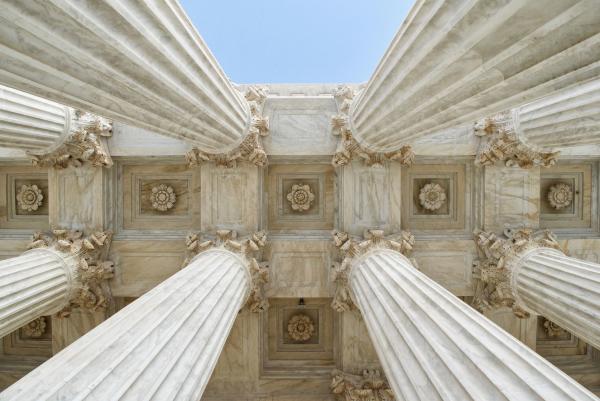A septuagenarian, Wonder Woman is still admirably fit. She fights crime with her lasso for truth-extracting, her bracelets for bullet-repelling and her bustier for, well, attention-gathering. The comic book world dresses women in impractically revealing outfits for the same reason that NFL cheerleaders dress the way that they do – because powerful men prefer it.
Her 75th anniversary year was something of a breakout for Wonder Woman before she started showing her age. The United Nations had appointed Wonder Woman an honorary ambassador for female empowerment back in October. I don’t profess to any expertise on UN ambassadors, but it seems to be the sort of thing given to entertainers, like a star on the Hollywood walk of fame. Wonder Woman (Lynda Carter) has a star there, so why not a UN ambassadorship?
Back in 1941, Wonder Woman was conceived as a strong and assertive model for women. Her creator, William Marston, was ever so progressive, drawing upon the work of contraceptive pioneer Margaret Sanger for inspiration. That was a touch awkward even in 1941, given Sanger’s enthusiasm for eugenics, which was considered a fashionably progressive cause until Nazi Germany discredited it. Wonder Woman was said to be an Amazon, with various ostensible relationships to the mythical Greek gods. Thus she was both admirably foreign and comfortably American, complete with her American flag high-cut shorts.
All that shows its age in 2016. Early feminists who might have been pleased that Wonder Woman had taken her place alongside Batman and Aquaman were not thrilled that a creature of fantasy fiction was proposed as a model of female empowerment. Back in October when Wonder Woman got her diplomatic credentials, Hillary Clinton was resolutely on the path of Bangladesh’s Khaleda Zia, set to follow her husband to the presidency. If the glass ceiling is about to be shattered, what need is there for Wonder Woman’s invisible plane? Then there was the outfit. As a model for female empowerment, the heroine as sex object was thought more than a little odd even for porn-drenched America. How the sexed-up Wonder Woman would have gone over in Bangladesh is another matter.
So barely two months into her celebrity UN ambassadorship, Wonder Woman was dropped as the ridicule and opposition mounted. It is a mark of genuine progress that portraying women as sexualized objects is now less acceptable. It’s still not entirely unacceptable; the NFL cheerleaders are not going anywhere anytime soon.
Which brings us the woman at the heart of Christmas. We think instinctively at Christmas of the Madonna and Child, as is natural enough at the birth of a baby. Yet what took place was supernatural, the virginal conception of a true man, yes, but also true God. And this entire salvific plan of God was foreseen to include the free consent of the virgin of Nazareth. Female empowerment? There is more in the Christmas carol than in Wonder Woman: I wonder as I wander out under the sky/ How Jesus, the Saviour, did come for to die.
How did the Lord of all the universe come to enter His creation? By the consent of Mary. St. Bernard of Clairvaux makes the point poetically in one of the liturgical readings for this final week of Advent:






